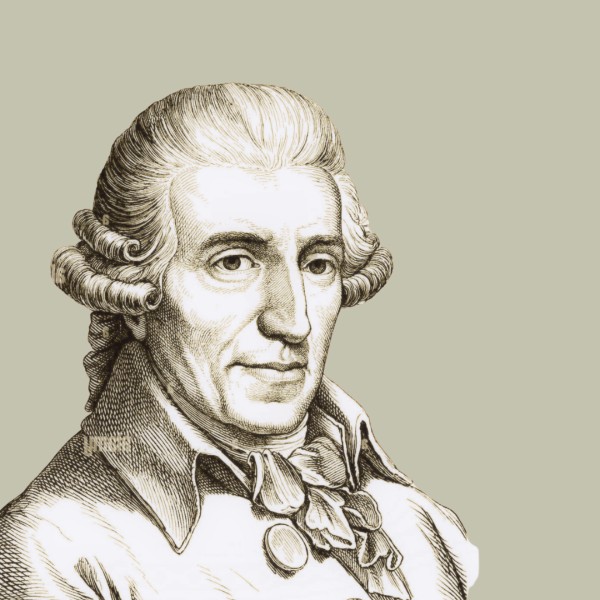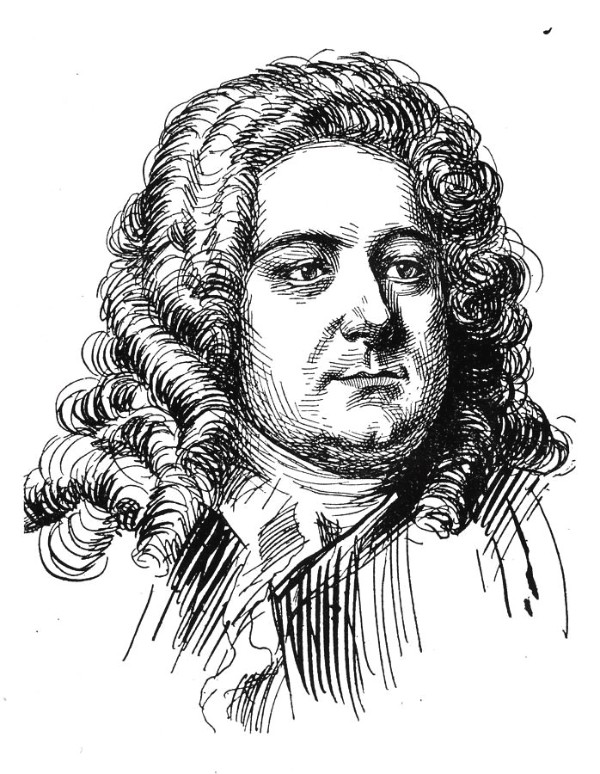This is one instrument where we will ignore the ancient history. Yes, there were single-reed instruments in the ancient world and there was a Baroque single-reed instrument called the chalumeau that had been based on a recorder model. For the clarinet as we know it today, we will jump right to the 18th century.
A German instrument maker named Denner developed a version of the chalumeau with the distinctive difference of adding an octave key, permitting the instrument to play in a low and a high register. Another key permitted an extension of the range of the instrument. Denner’s ‘clarinet’ was modified and, eventually, by Mozart’s time, ended up with 5 keys. When Mozart wrote his Clarinet Concerto in 1791, the clarinet was not only a solo instrument but also a solid member of the orchestra.
Wolfgang Amadeus Mozart: Clarinet Concerto in A Major, K. 622 – I. Adagio (Martin Fröst, basset clarinet; Bremen Deutsche Kammerphilharmonie; Martin Fröst, cond.)
This recording is played on a basset clarinet, which was a regular clarinet that had been extended to play additional lower notes. Mozart’s friend, and the clarinettist for whom the Clarinet concerto had been written, the virtuoso Anton Stadler was well-known as a basset clarinettist, in addition to performing on the regular soprano clarinet.
Mozart was well aware of the singing quality of the clarinet and made this a feature in his opera La Clemenza di Tito, where the key aria, Sesto’s ‘Parto ma tu ben mio’ gives an outstanding duet part to the clarinet to match with the mezzo-soprano.
Wolfgang Amadeus Mozart: La clemenza di Tito, K. 621 – Act I: Aria: Parto, ma tu ben mio … Guardami e tutto oblio (Sesto) (Ann Murray, Seso; Zurich Opera House Orchestra; Nikolaus Harnoncourt, cond.)
The clarinet was still under development. One of its problems was that the keys did not seal well, and it was difficult to keep it on pitch. To address this, various solutions were developed: change the felt pads to leather pads and countersink the holes for the keys that improved the action of the instrument. German instrument maker Theobald Böhm developed a ‘ring and axle’ key system. French makers Hyacinthe Klosé and Louis Auguste Buffet added springs and refined Böhm’s ring system. With the ring system, when you closed a hole with your finger, you also touched the ring which would close an additional hole that was otherwise unreachable.
Here we have two clarinets separated by a bit more than a century: A 4-key clarinet from the 1760s and then a full Böhm system clarinet from 1870. You will also note that the mouthpiece has been turned around – this was another change from the early 19th century – the reed from around 1812 until today faces down.

4-Key clarinet, ca. 1760

A Full Boehm clarinet with 21 keys and 7 rings, ca 1870 (Fratelli Patricola)
The singing quality of the clarinet was appreciated from the beginning, and in a work such as Schubert’s Der Hirt auf dem Felsen (The Shepherd on the Rock), its pairing with the voice brings out this texture.
Franz Schubert: Der Hirt auf dem Felsen (The Shepherd on the Rock), Op. 129, D. 965 (Aline Kutan, soprano; André Moisan, clarinet; Louise-Andrée Baril, piano)
Louis Spohr (1784 – 1859) wrote his clarinet concerto around 1808, and its appearance at a point in time when the clarinet was undergoing constant change has kept it in the repertoire (when so much of Spohr’s other music had fallen away). The piece was written for the clarinettist Johann Simon Hermstedt on commission from his employer, Prince Günther Friedrich Carl of Schwarzburg-Sondershausen. Spohr’s writing for the instrument required changes to be made to the instrument, which Hermstedt was able to have done. The final movement is particularly demanding on the performer’s technical skills and endurance.
Louis Spohr: Clarinet Concerto No. 1 in C Minor, Op. 26 – III. Rondo: Vivace (Ernst Ottensamer, clarinet; Slovak State Philharmonic Orchestra, Košice; Johannes Wildner, cond.)
Swedish composer Bernhard Henrik Crusell (1775–1838) was also an outstanding virtuoso on the clarinet known for his beautiful tone. Even his son-in-law, a bassoon virtuoso himself, said that he would have traded all the clarinettists in Paris for one note of Crusell’s.
He wrote three clarinet concertos, and we can hear, even in this first one from around 1810, the degree of virtuosity that he required of himself. As a note, he was known to have changed his mouthpiece reed to down-turning by 1803.
Bernhard Henrik Crusell: Clarinet Concerto No. 1 in E-Flat Major, Op. 1 – III. Rondo: Allegretto (Karl Leister, clarinet; Lahti Symphony Orchestra; Osmo Vänskä, cond.)
Carl Maria von Weber (1786-1826), also operating in the pre-Romantic era like Spohr and Crusell, was also tempted by the clarinet. His Rondo Finale is different than the others we have heard in that his contrasts are sharper: a dance-like theme is surrounded by very different episodes. The episodes, which may be martial or melancholy, are filled with arabesques or with an ‘impish motif’.
Carl Maria von Weber: Clarinet Concerto No. 1 in F Minor, Op. 73, J. 114 (cadenza by Baermann and Busoni) – III. Rondo: Allegretto (Shuhei Isobe, clarinet; Filharmonia Pomorska; Takao Ukigaya, cond.)
Johannes Brahms (1833–1897) was inspired by the clarinettist Richard Mühlfeld, who played with the Meiningen Orchestra. He was a clarinettist with the orchestra from 1879 until his death in 1907. Brahms first wrote a Clarinet Trio (1891) for Mühlfeld and then wrote his Clarinet Quintet (1891). In 1894, he wrote his two sonatas for clarinet and piano, also for Mühlfeld, inventing the genre of clarinet sonata. Brahms captured the ‘autumnal’ mode of the clarinet that seemed to go so well with his own late style.
Johannes Brahms: Clarinet Quintet in B Minor, Op. 115 – I. Allegro (Boris Rener, clarinet; Ludwig Quartet)
The clarinet in the 20th century has been downplayed more than it had been in the 18th and 19th centuries when it was the new instrument that everyone was experimenting with.
One composer who produced an unexpected Clarinet Sonata early in his career was Leonard Bernstein. Shortly after his graduation from the Curtis Institute in conducting, Bernstein attended Serge Koussevitzky’s summer academy at Tanglewood and met the clarinettist David Oppenheim, for whom he wrote this sonata in 1943. It’s filled with a ‘fastidious neoclassicism’ that Bernstein would have learned from his Harvard professor, Paul Hindemith, but there’s much in it that is filled with Bernstein’s own American qualities, such as driving rhythms and melodic lines.
Leonard Bernstein: Clarinet Sonata – I. Grazioso (Emma Johnson, clarinet; John Lenehan, piano)
Aaron Copland’s 1947 Clarinet Concerto was commissioned by Benny Goodman. The jazz leader had been experimenting with commissioning works from modern composers, and Copland’s contribution has proved to be enduring. It takes its cues from both classical writing, modern music styles, and jazz, ending, most notably, with a clarinet glissando not unlike the familiar one from Gershwin’s Rhapsody in Blue.
Aaron Copland: Concerto for Clarinet and Orchestra (Laura Ardan, clarient; Nashville Chamber Orchestra; Paul Gambill, cond.)
With the rise of jazz in the 1940s, the clarinet moved from the classical genre over to popular music, being an important instrument in styles including both jazz and Dixieland, the New Orleans’ style of melody and following improvisation. Writing for the clarinet as a solo instrument fell away (although it has never vanished) as its musical life expanded.
For more of the best in classical music, sign up for our E-Newsletter


